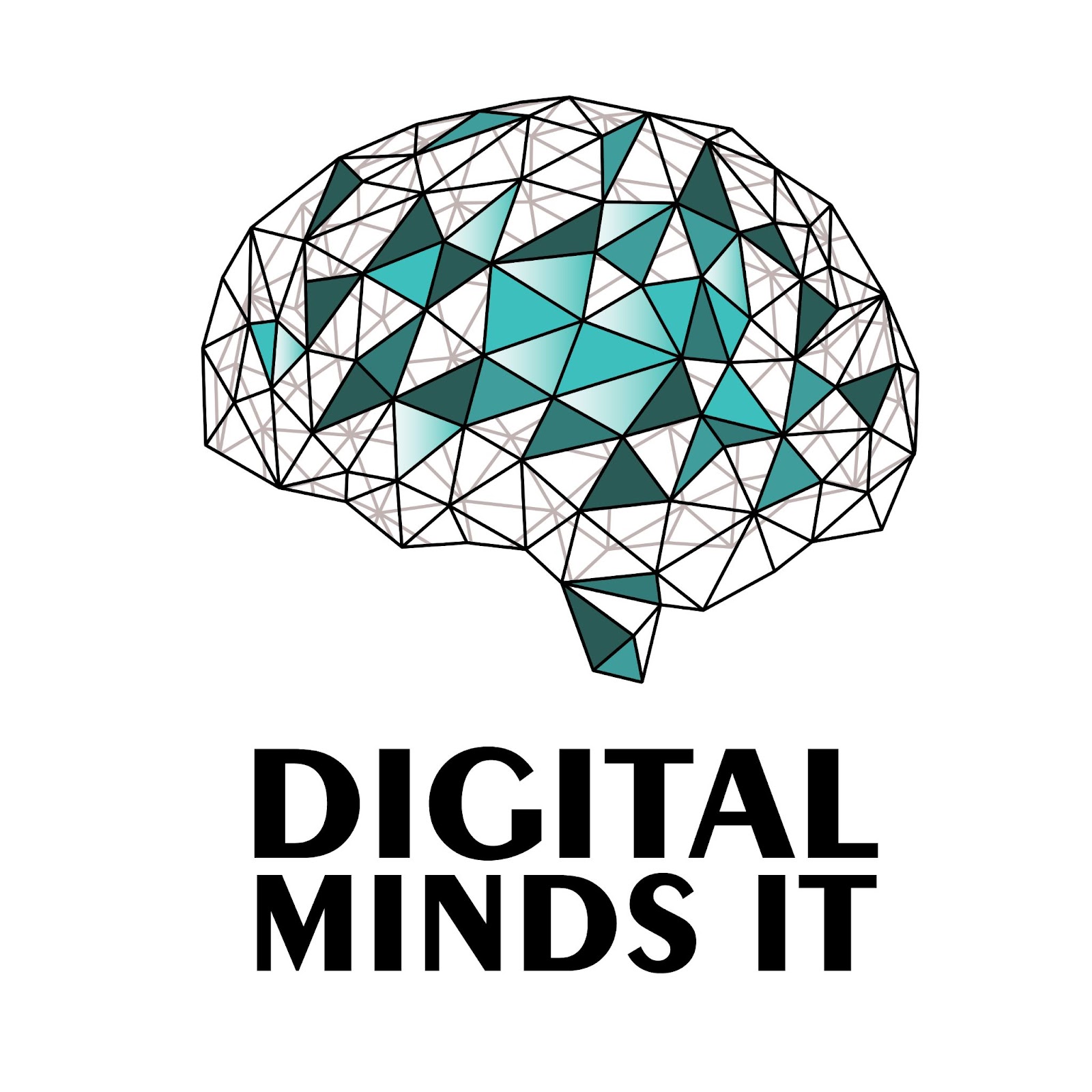Technology is changing our lives, work, and relationships in today's fast-paced environment. The Internet of Things (IoT) has truly fascinated both companies and consumers alike! Despite its ubiquity, many don't understand that IoT has been there since the 1980s. This revolutionary technology links devices, enabling real-time remote functionality. The IoT environment grows and evolves in 2023, affecting enterprises and daily lives.
Unmasking IoT:
AI and ML power IoT. IoT will increase as these capabilities develop. IoT is driving smart cities, big data, smart homes, automation, and global connection.
IoT's intriguing uses are attracting commercial investment. IoT is transforming sectors from smart homes to smart cities. Popular commercial IoT use cases include:
Smart Homes:
Imagine controlling your home appliances, security, and lighting from your smartphone. IoT-enabled smart homes make life easier and safer.
Smart Cities:
Urbanization makes smart cities more important. IoT improves resource management, public services, and city efficiency.
Autonomous and Connected Fleets:
IoT lets fleets communicate and coordinate, improving efficiency and lowering expenses.
Workplace Safety Management:
IoT's real-time monitoring helps protect employees by recognizing threats and alerting them.
Health Tracking:
IoT devices are improving patient care by continuously monitoring and communicating with healthcare providers.
Supply Chain Management:
In today's linked global marketplaces, IoT's real-time monitoring improves supply chain visibility and efficiency.
Remote Monitoring and Maintenance:
Remotely monitoring and maintaining essential infrastructure and equipment reduces downtime and boosts productivity.
Logistics and Fulfillment:
IoT streamlines logistics and fulfillment, providing timely and accurate delivery to satisfy client requests.
Environmental Monitoring and Air Quality Control:
IoT sensors give real-time environmental data, helping authorities monitor air quality.
Smart Grids and Energy Management:
IoT optimizes power utilization and improves energy grid control to save energy.
Predictive Maintenance:
IoT-driven predictive maintenance lets organizations foresee equipment breakdowns and perform preventive repairs, decreasing operational interruptions.
Farm Monitoring and Notifications:
IoT helps farmers manage their crops, animals, and irrigation systems, improving agricultural practices and yields.
Remote Location Monitoring:
IoT's connection allows remote asset monitoring and management.
Amazing IoT Facts:
Despite its futuristic appearance, IoT has modest roots. Carnegie Mellon University's Pepsi machine was the first IoT device, leading to ATMs.
IoT devices create zettabytes of data—a billion terabytes.
Smart cities are leading IoT adoption. Juniper Research names Shanghai, New York, Toronto, Seoul, and Shenzhen the smartest cities.
IoT Data:
According to PwC, 93% of corporate leaders believe the benefits of IoT exceed the hazards.
IoT adoption is rising at 127 devices every second.
IoT Market Size:
In 2022, the IoT market was $399.41 billion and expected to reach $486 billion in 2023.
Grandview Research expects the IoT industry to expand 12.7% from 2023 to 2030.IoT Analytics predicts 19% worldwide market growth in 2023.
IoT's Amazing Rise:
According to Statista, smart city projects alone generated $89.49 billion in 2023, making IoT associated with effective commercial solutions.Remote asset monitoring, which optimizes operations across sectors, is the most prevalent IoT use case as of 2023.
Industrial, Energy, and Construction IoT:
IoT is expected to reach $106.1 billion by 2026.China dominates industrial robot use and IoT-enabled production.
IoT for Sustainable Agriculture:
IoT is helping agriculture thrive sustainably despite rising food demand and supply chain complexity. IoT helps farmers monitor environmental elements, crop health, irrigation, and animals. IoT is changing farming with self-driving tractors, remote monitoring drones, and precision agriculture.
According to Statista, the global agricultural IoT market value is predicted to rise from $12.75 billion in 2022 to $15.68 billion in 2023, demonstrating its potential.
According to Global News Wire, the Internet of Medical Things (IoMT) market reached $48.7 billion in 2022 and is expected to reach $370.9 billion by 2032, reflecting its growing relevance in healthcare.
The $291.2 billion IoT healthcare industry in 2023 is predicted to grow.
IoT Security:
IoT devices continuously connect across networks and with other technologies, making data security a priority. Unprotected data transfers make IoT devices susceptible to security attacks. IoT security will worry organizations in 2023.
According to industry Watch, the IoT security industry will expand 26.36% to $13.36 billion by 2028 to address these challenges.
IoT will be used in over 25% of enterprise hacks, according to Gartner.
Statista predicts endpoint security will exceed $29 billion by 2027 to tackle these attacks.
Smart Homes:
Sci-Fi has shown smart houses for decades. IoT made this future fantasy possible. Smart houses made up 16% of dwellings in early 2023, valued at $139 million.
In 2023, US consumers spent $127 billion on smart home gadgets, showing the increased desire for IoT-enabled products that improve everyday life.
IoT Growth: Future Skills
As IoT develops, so does the need for qualified workers. IT workers seeking IoT success should have the following skills:
Linux: IoT device settings benefit from Linux knowledge.
Conclusion:
The amazing Internet of Things (IoT) is all about making our lives easier and super-efficient by creating seamless connections between our devices. It's like having a magical web that connects everything we use and makes our daily tasks a breeze. IoT may improve healthcare, agriculture, business, and more. As we approach 2023, organizations and consumers should embrace IoT's huge promise while keeping attentive about data security. Thus, we may create a connected, efficient future for everybody. Let's celebrate IoT's miracles and its tremendous influence on our lives as we begin on this momentous adventure.






0 Comments